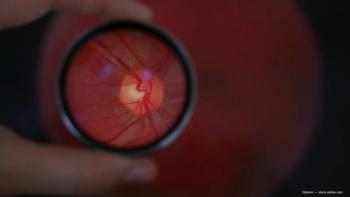
Botulinum toxin products display warnings, receive name changes
The FDA announced that four botulinum toxin drug products now have boxed warnings on their labels and include medication guides that explain the risk of adverse events to patients, as directed by the agency in April.
Silver Spring, MD
-The FDA announced that four botulinum toxin drug products now have boxed warnings on their labels and include medication guides that explain the risk of adverse events to patients, as directed by the agency in April.
The warnings caution that the effects of the botulinum toxin may spread from the area of the injection to other areas of the body, causing symptoms similar to those of botulism, including life-threatening breathing and swallowing problems and death, according to a prepared statement issued by the FDA. Symptoms have been reported in adults treated for approved and unapproved uses and children with cerebral palsy being treated for muscle spasticity.
No definitive serious adverse events of distant spread of toxin associated with botulinum toxin type A (Botox, Allergan) have been reported when the drug is used at approved doses for eyelid twitches or for crossed eyes, the agency said.
The four affected products, three of which also received changes to their established drug (or generic) names to prevent medication errors, are:
• Botox, Allergan (new name: onabotulinumtoxinA)
• Botox Cosmetic, Allergan (new name: onabotulinumtoxinA)
• Myobloc, Solstice Neurosciences (new name: rimabotulinumtoxinB)
• Dysport, Ipsen (approved in April with the boxed warning and not experiencing a name or label change)
The revised labels also emphasize that the drugs are not interchangeable, because the units used to measure the products are different, according to the FDA. Neither the brand names nor the formulations have changed.
Newsletter
Don’t miss out—get Ophthalmology Times updates on the latest clinical advancements and expert interviews, straight to your inbox.








































